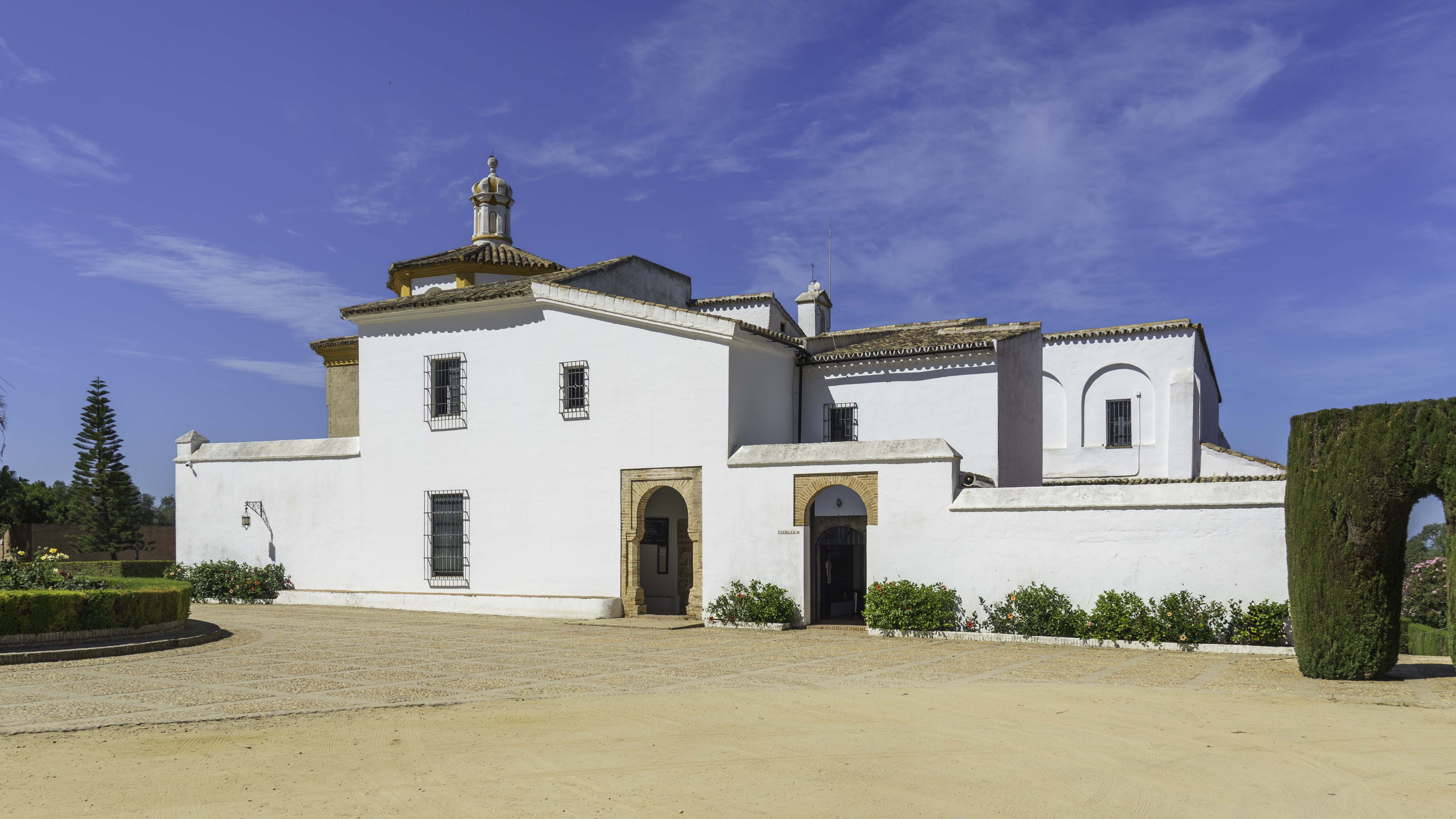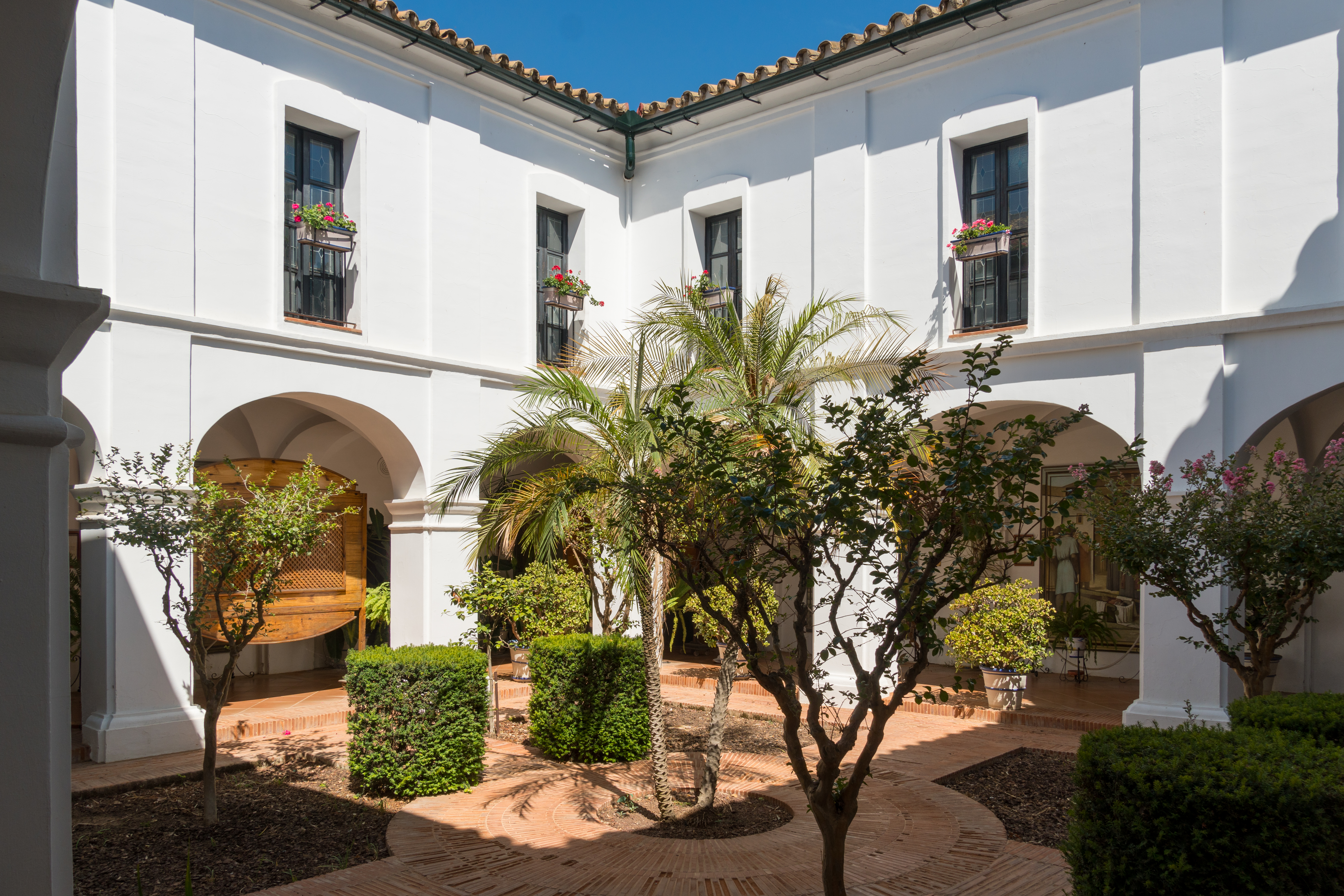Rábida (Monastery)
Enlarge text Shrink text- Ourvantzoff, M. La Rábida, 1969.
- Monasterio de Santa María de la Rábida, c1983:cover (Monasterio de la Rábida)
The Saint Mary of La Rábida Friary (in full, Spanish: Monasterio de Santa María de la Rábida) is a Franciscan friary in the southern Spanish town of Palos de la Frontera, in the province of Huelva and the autonomous region of Andalucia. The friary is located 13 km (8 mi) south of the city of Huelva, where the Tinto and Odiel rivers meet. The Friary of La Rábida has been Franciscan property since the thirteenth century. It was founded in 1261; the evidence is a papal bull issued by Pope Benedict XIII in that year, allowing Friar Juan Rodríguez and his companions to establish a community on the coast of Andalucia. The first Christian building on the site was constructed over a pre-existing ribat that lends its name (rábida or rápita, meaning "watchtower" in Arabic) to the present monastery. The Franciscans have held great influence in the region ever since. The buildings standing on the site today were erected in stages in the late fourteenth century and the early fifteenth century. The friary, and the church associated with it, display elements of Gothic and Moorish revival architecture; their walls are decorated with frescos by the twentieth-century Spanish artist, Daniel Vázquez Diaz (1882-1969). There is also a cloister and a museum, where numerous relics of the discovery of the Americas are displayed. The buildings on the site have nearly 20,000 sq ft (1,858 m2) of floor space and an irregular floor plan. Throughout its five hundred years of existence, the monastery has been refurbished and repaired countless times, but the most extensive modifications were undertaken as a result of damage from the Lisbon earthquake of 1755. Christopher Columbus stayed at the friary two years before his famous first voyage, after learning that King Ferdinand and Queen Isabella had rejected his request for outfitting an expedition in search of the Indies. With the intervention of the guardian of La Rábida and the confessor to Isabella, Francisco Jiménez de Cisneros, he was able to have his proposal heard. The friary was declared a Spanish National Monument in 1856. In 2016 it was added to the Tentative List of World Heritage by UNESCO along with the Columbian Places.
Read more on Wikipedia >
 Corporate Body
Corporate Body








